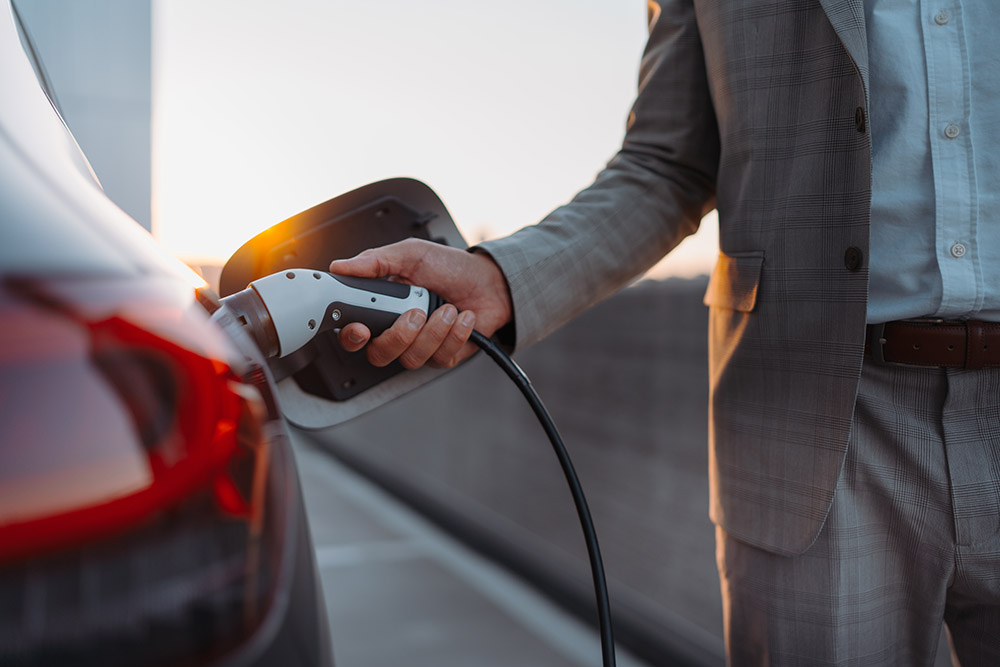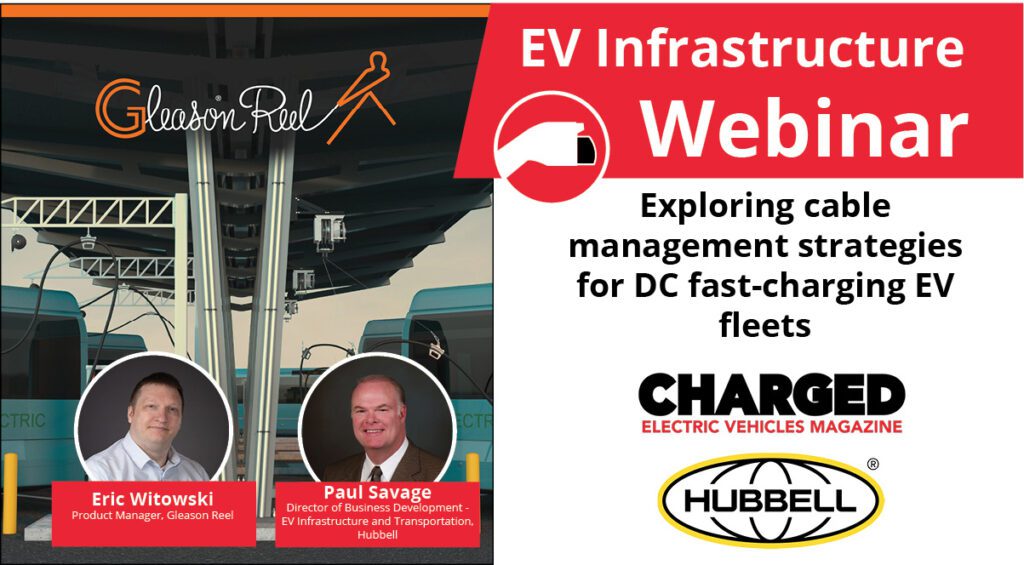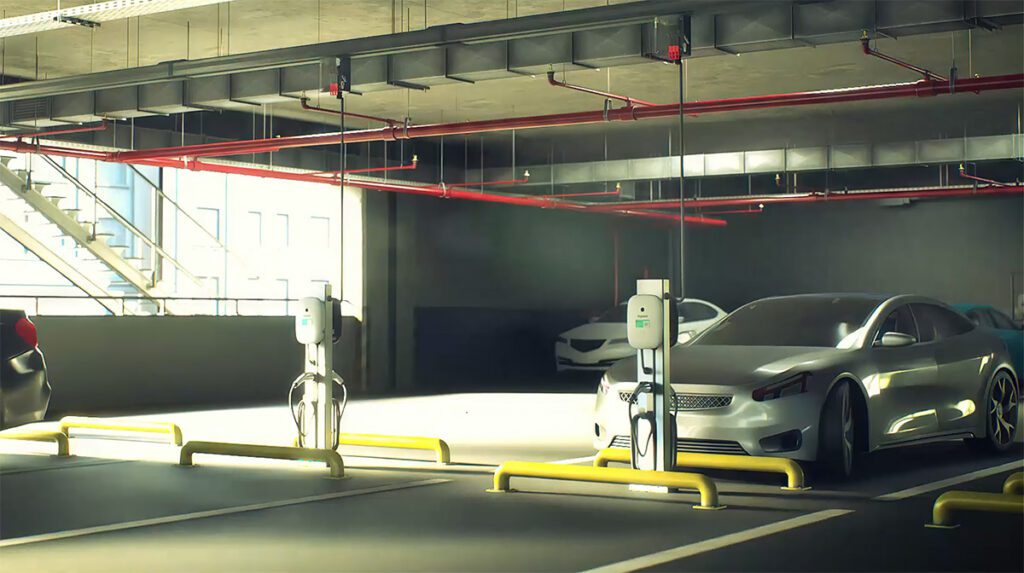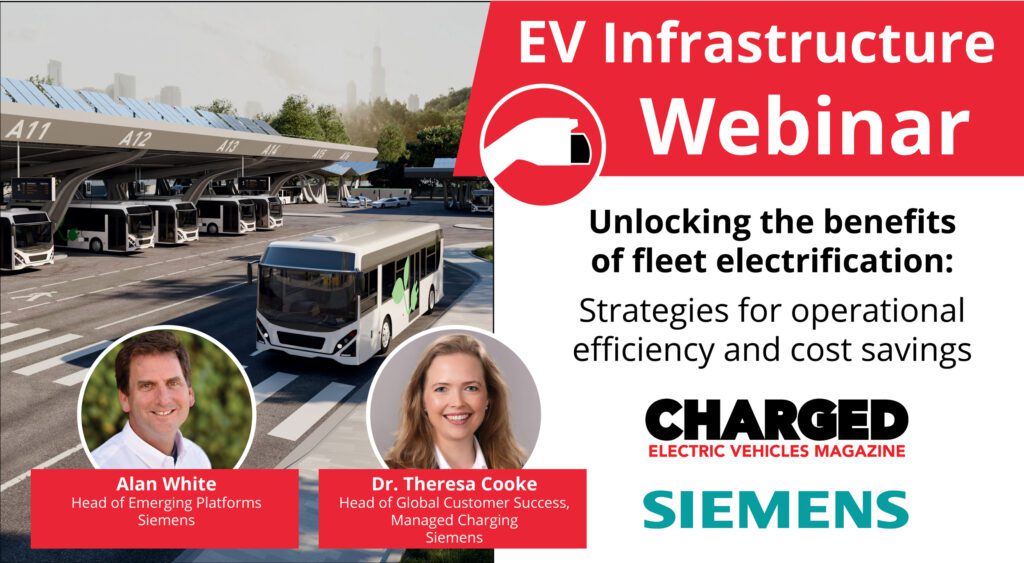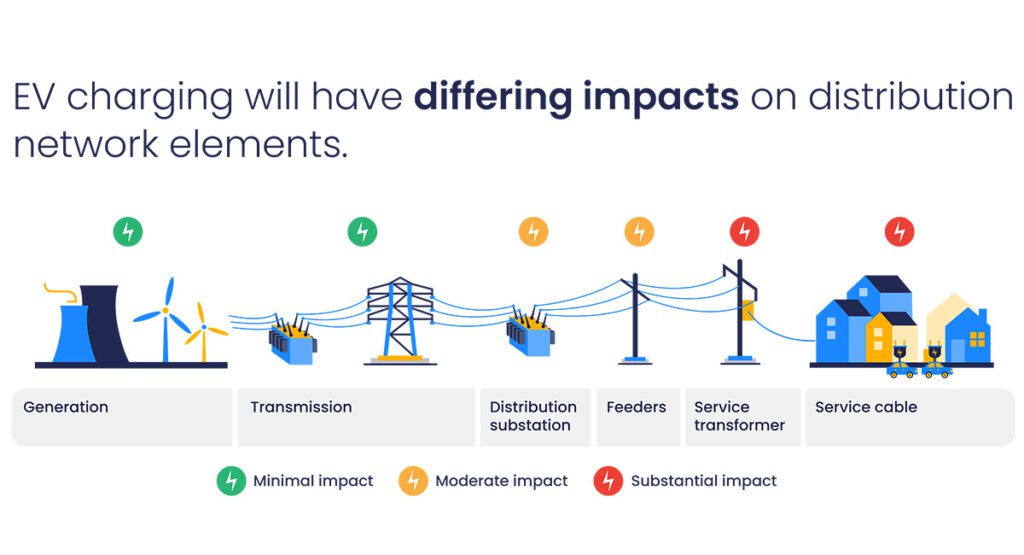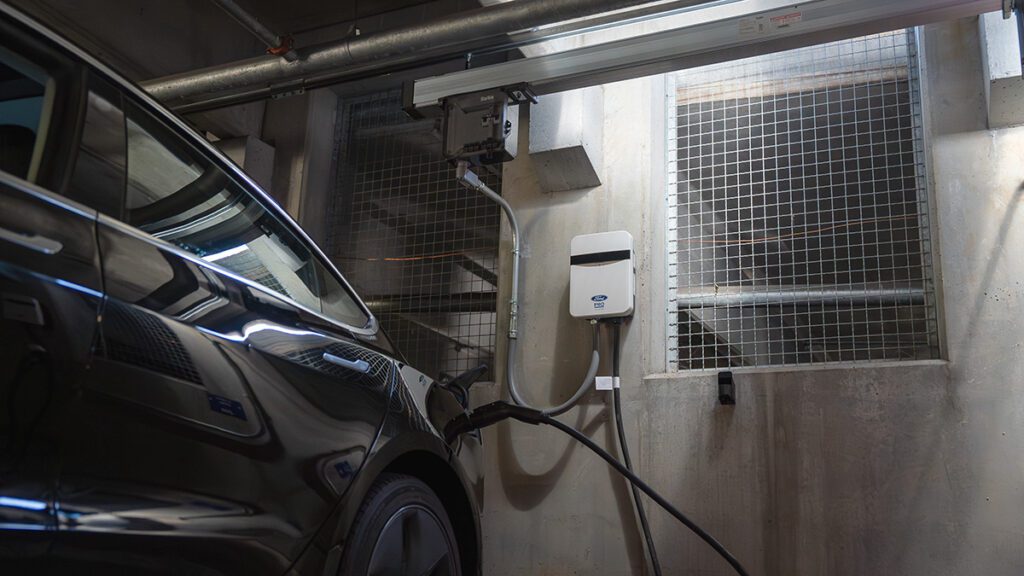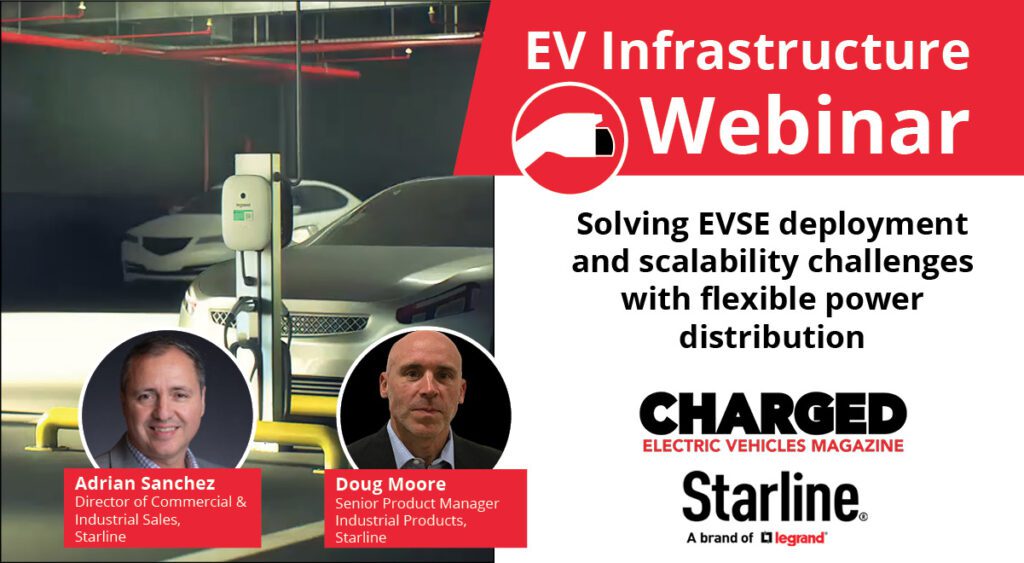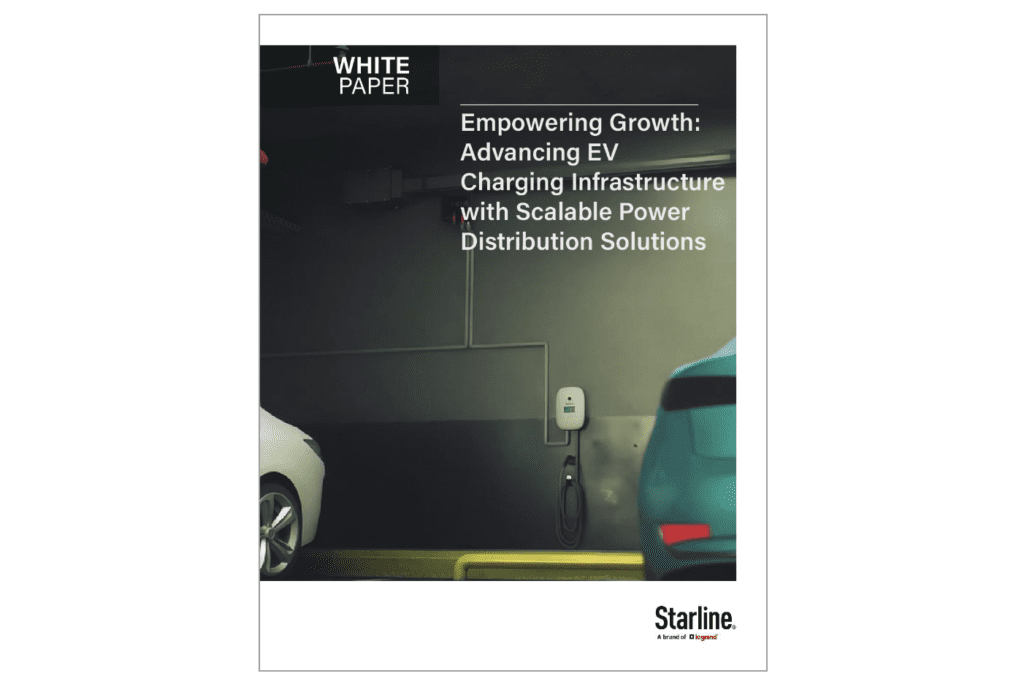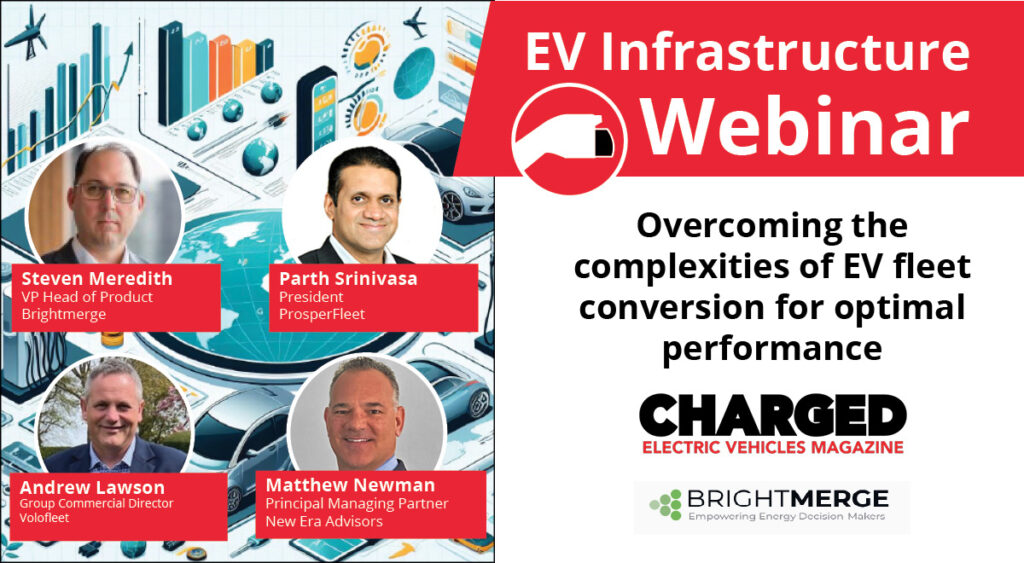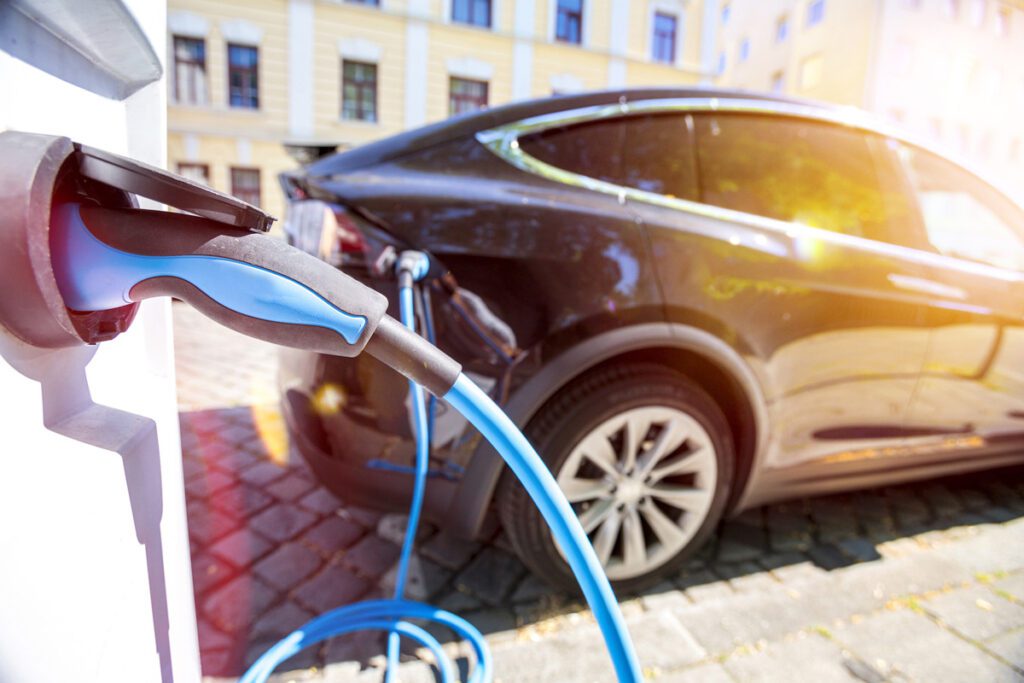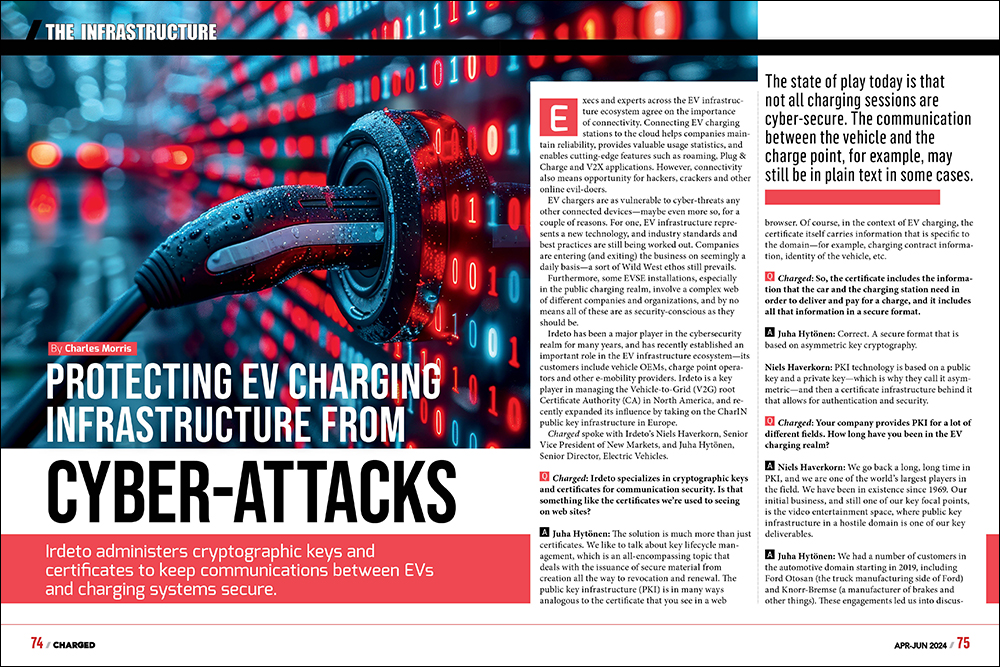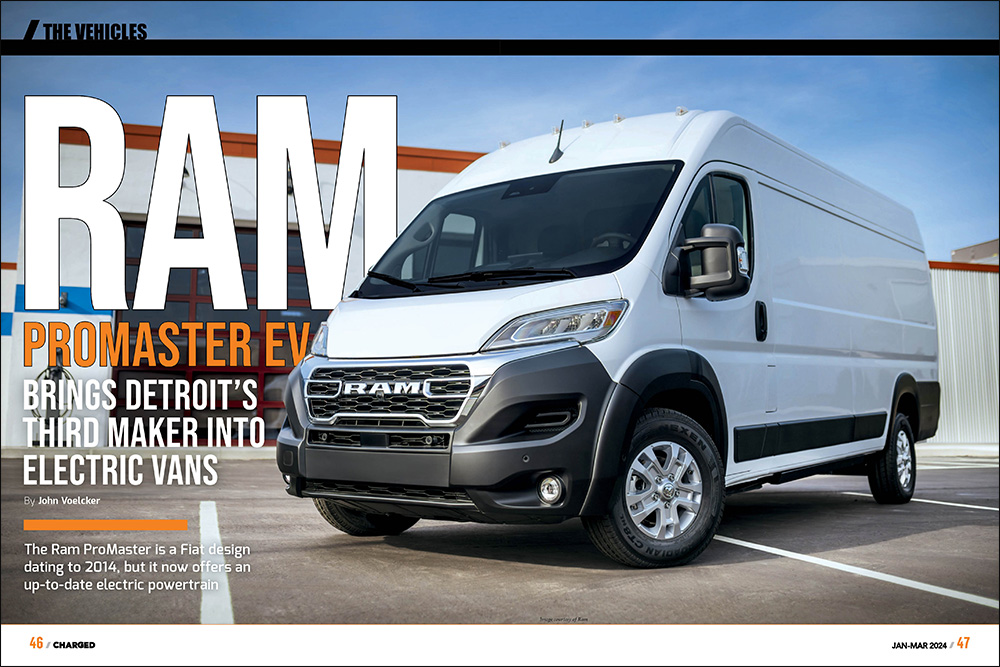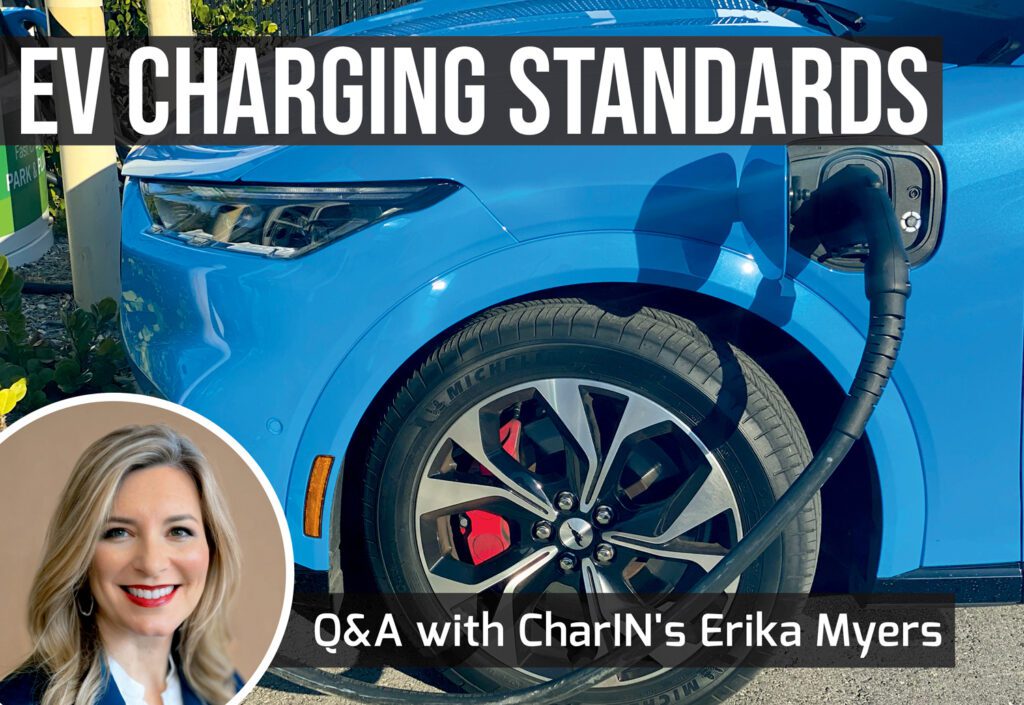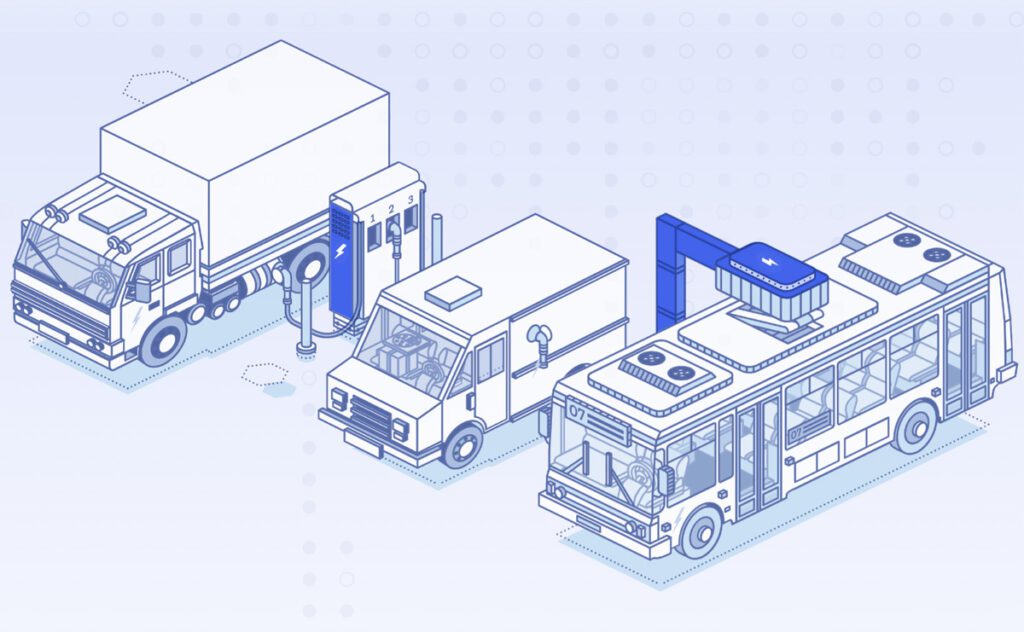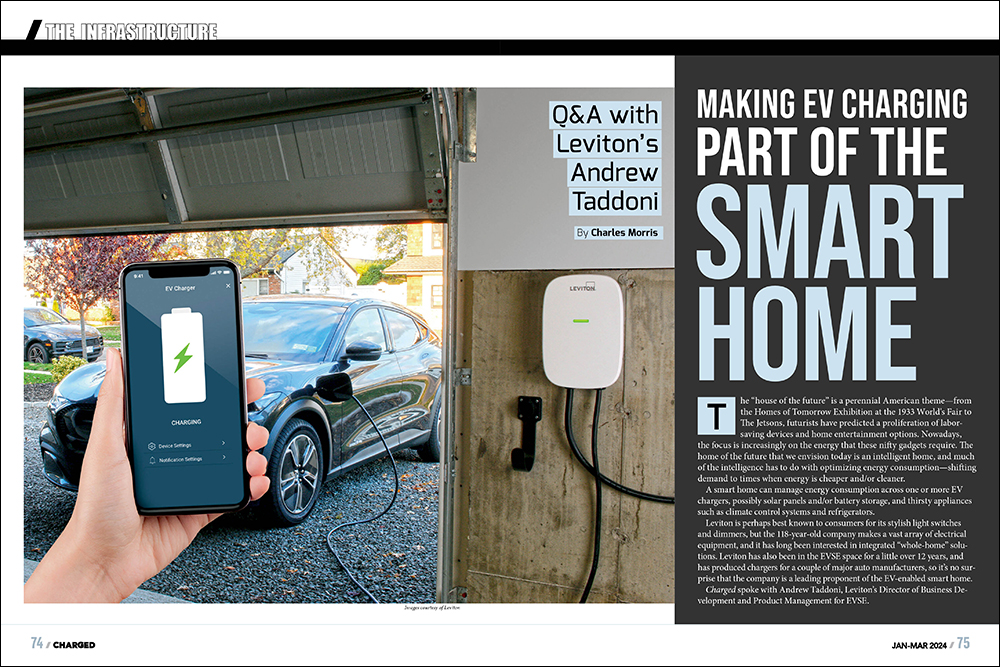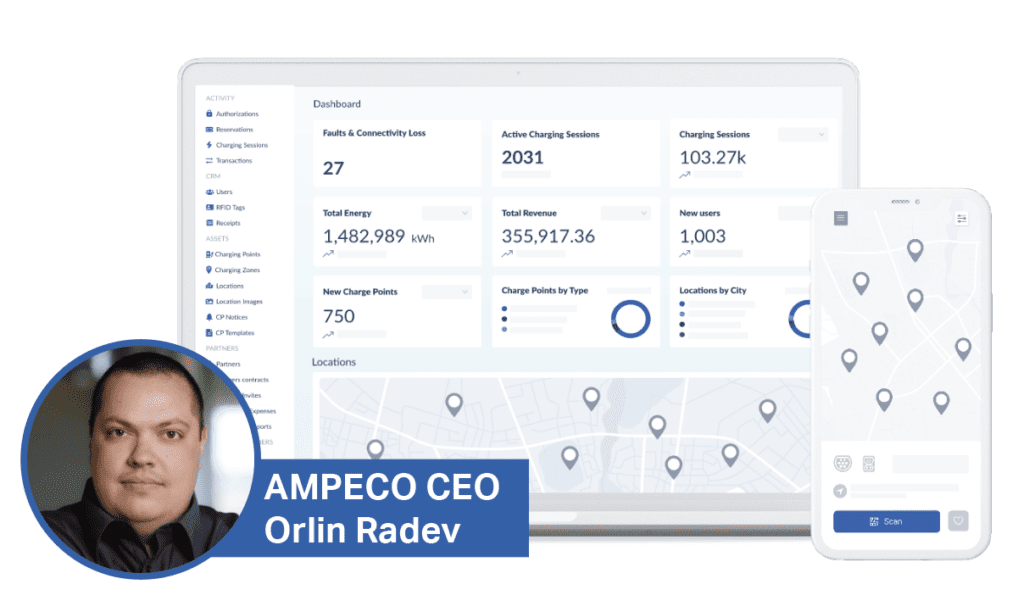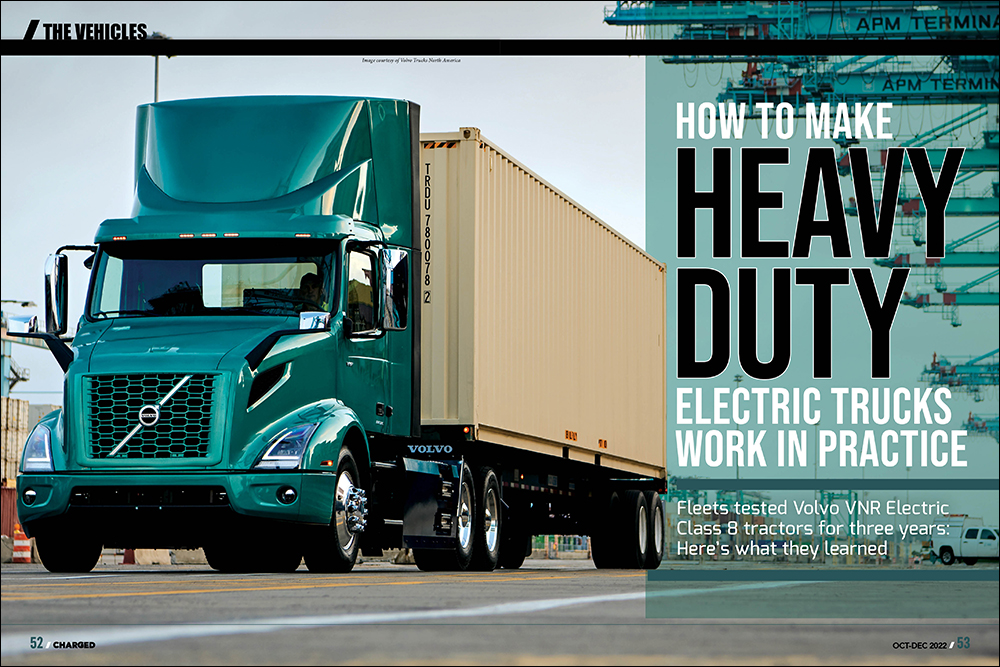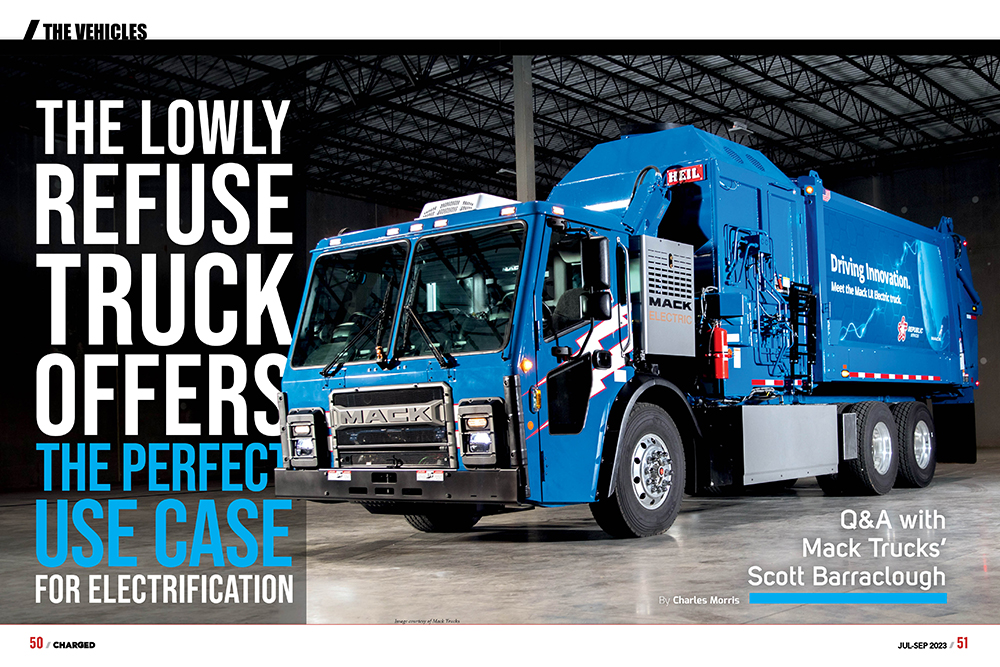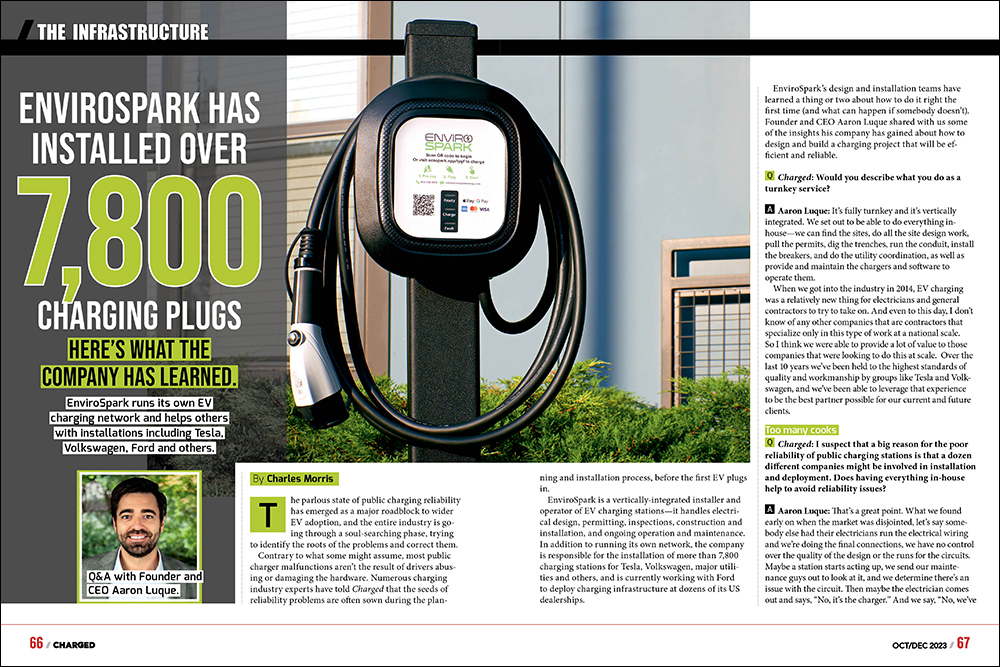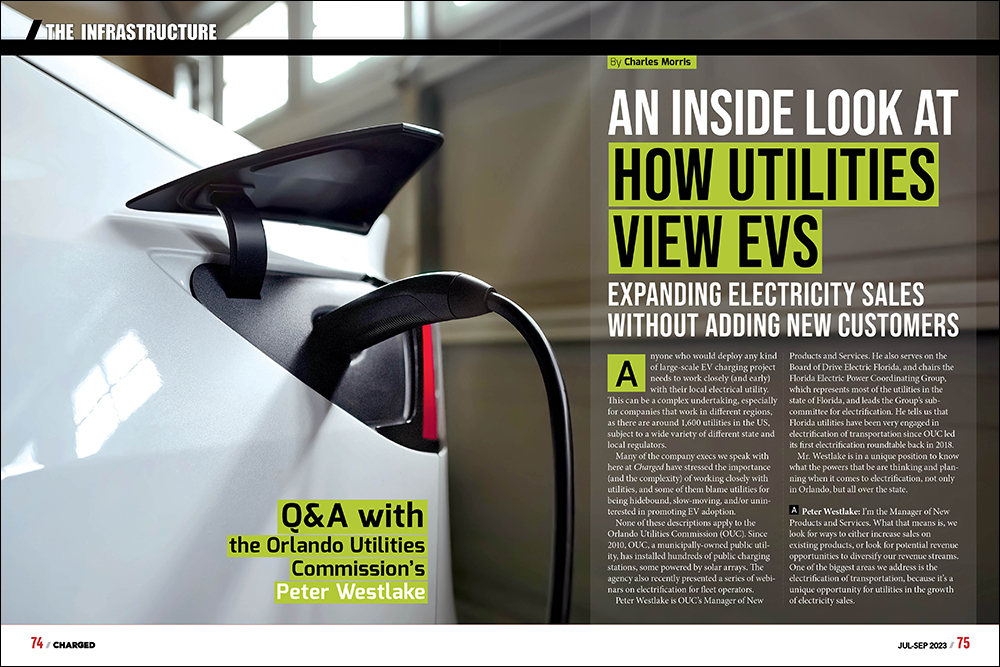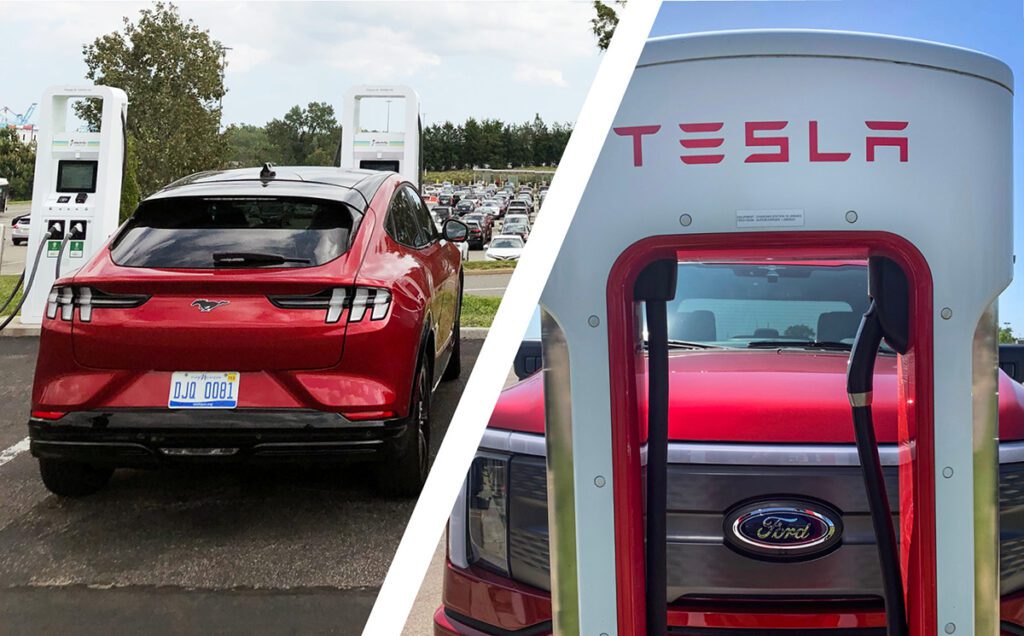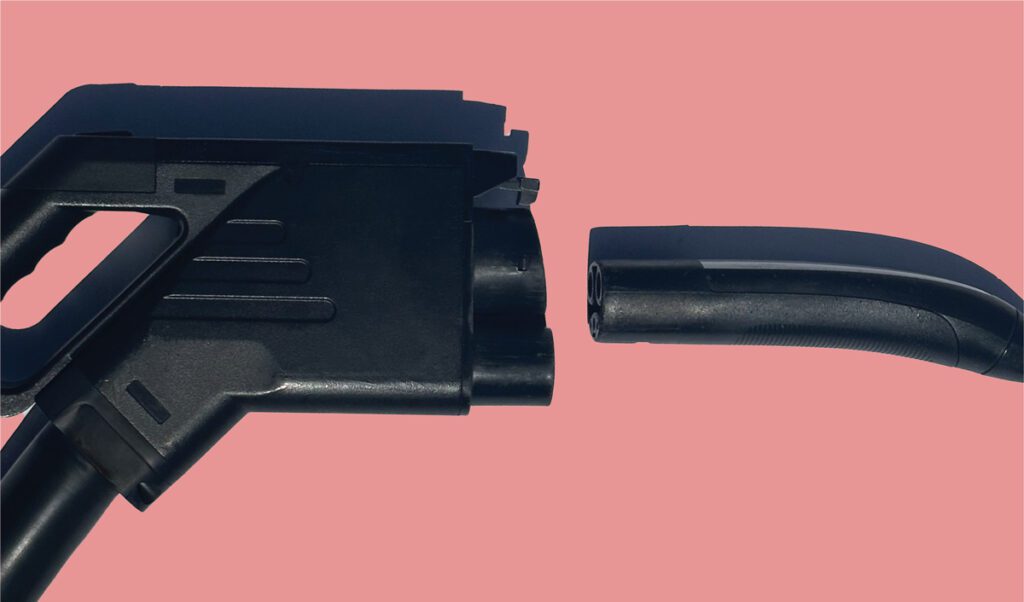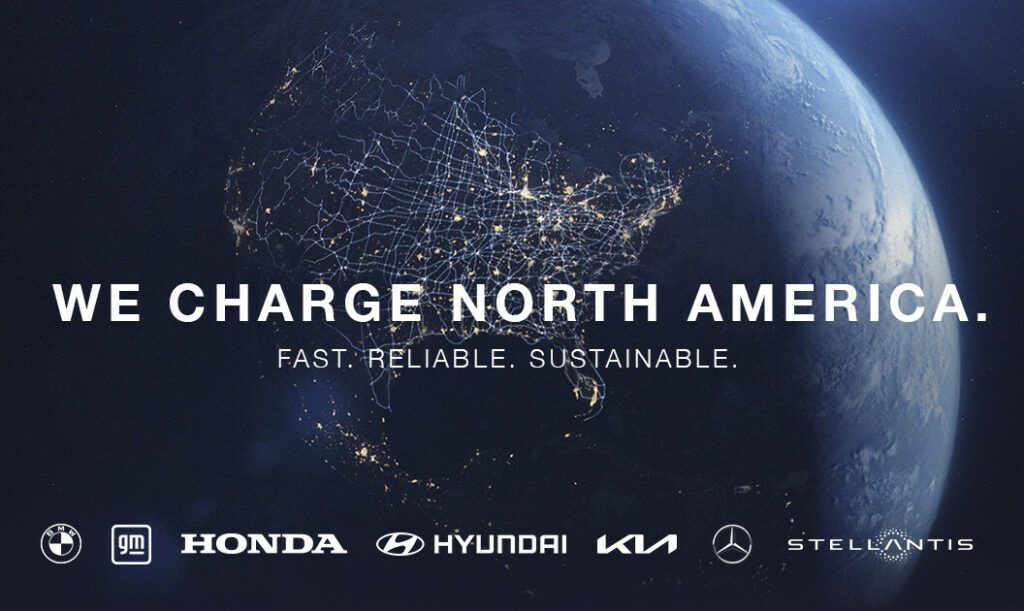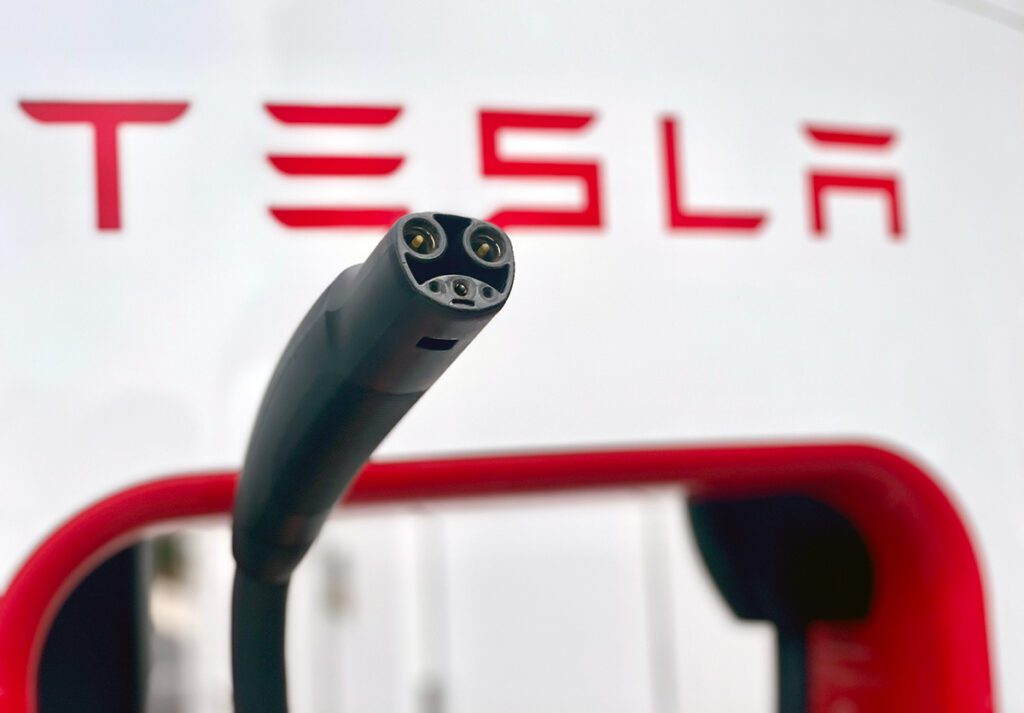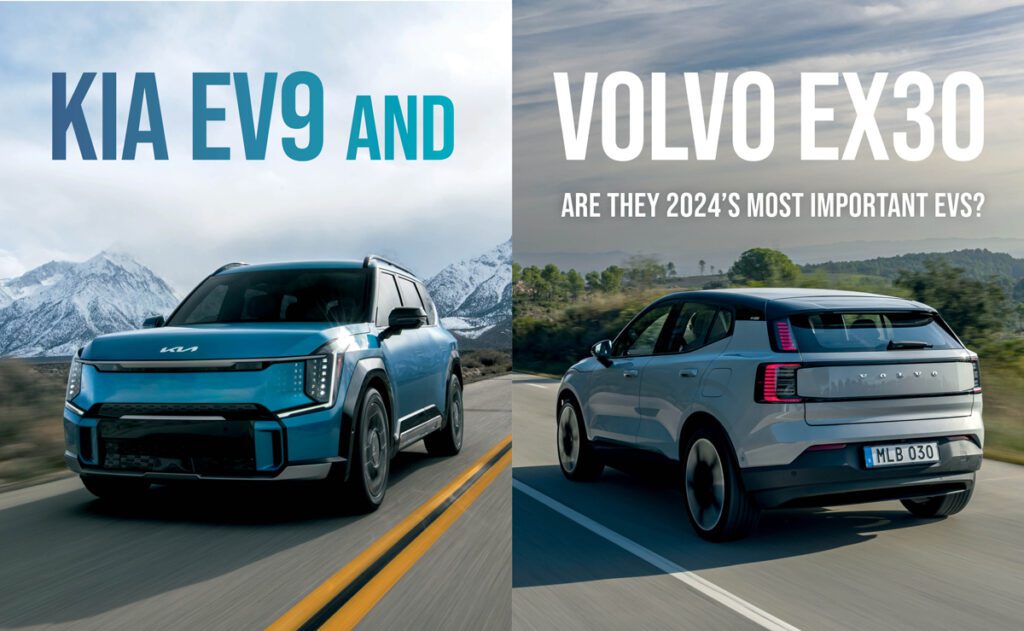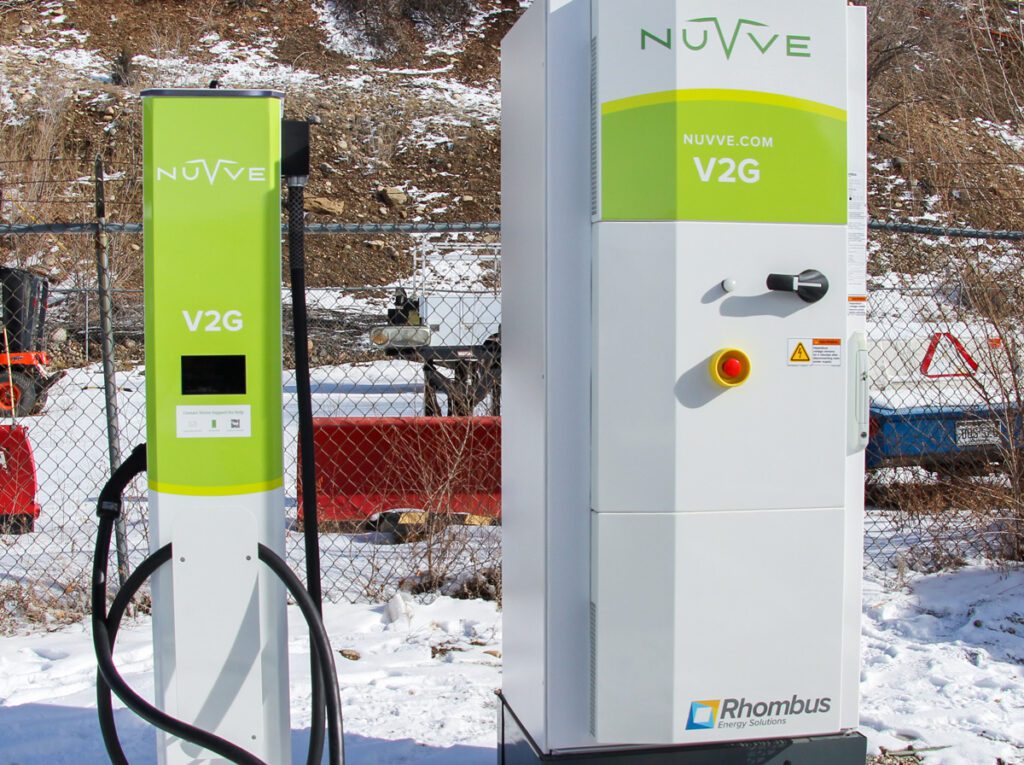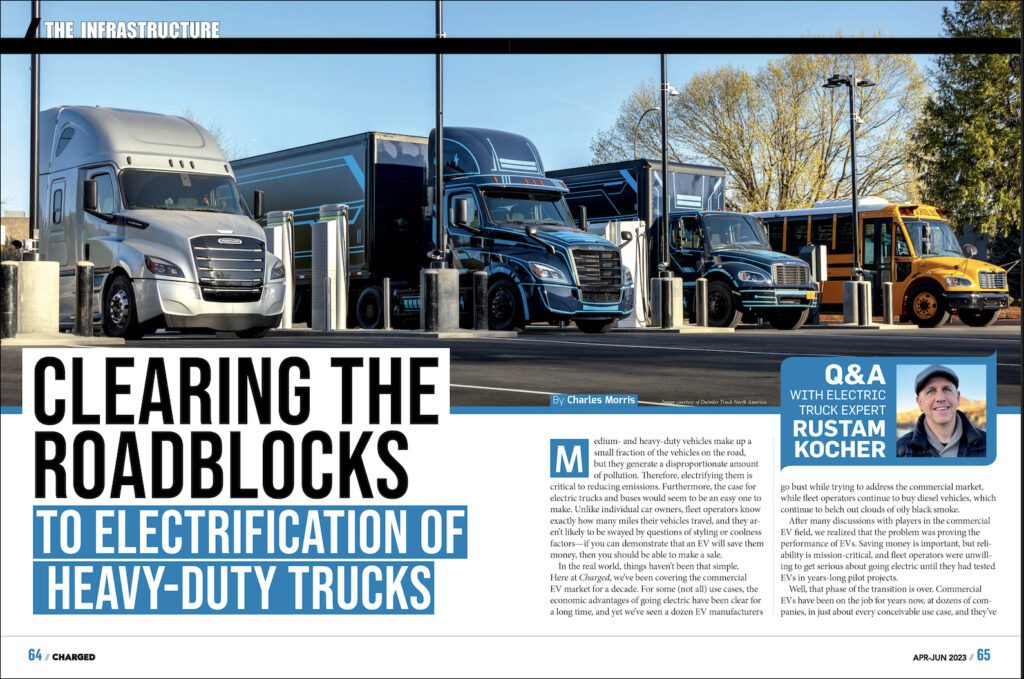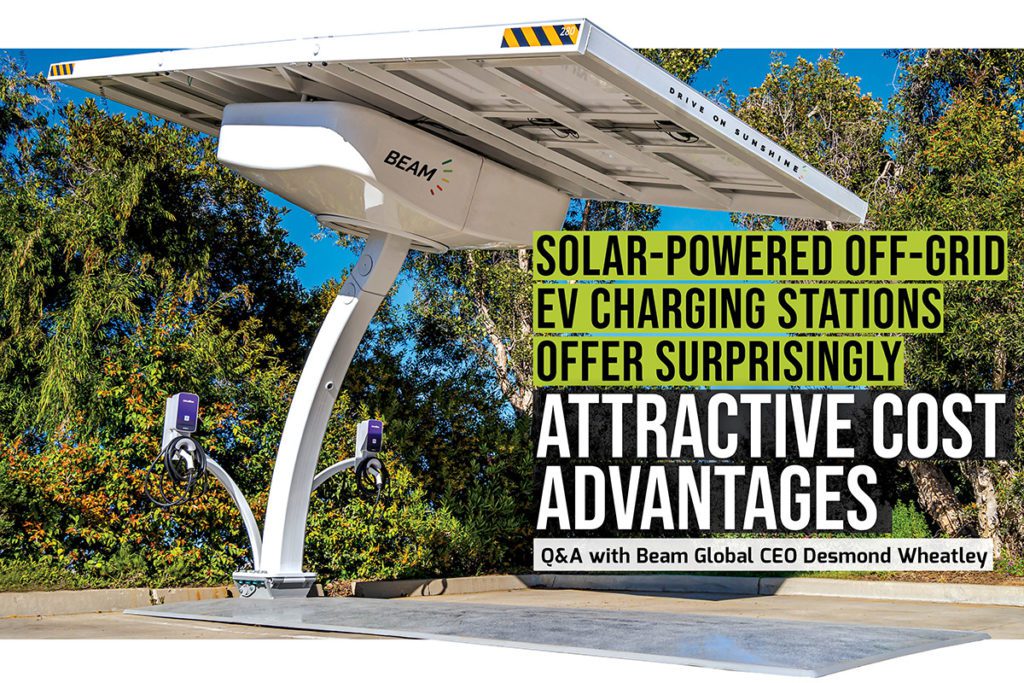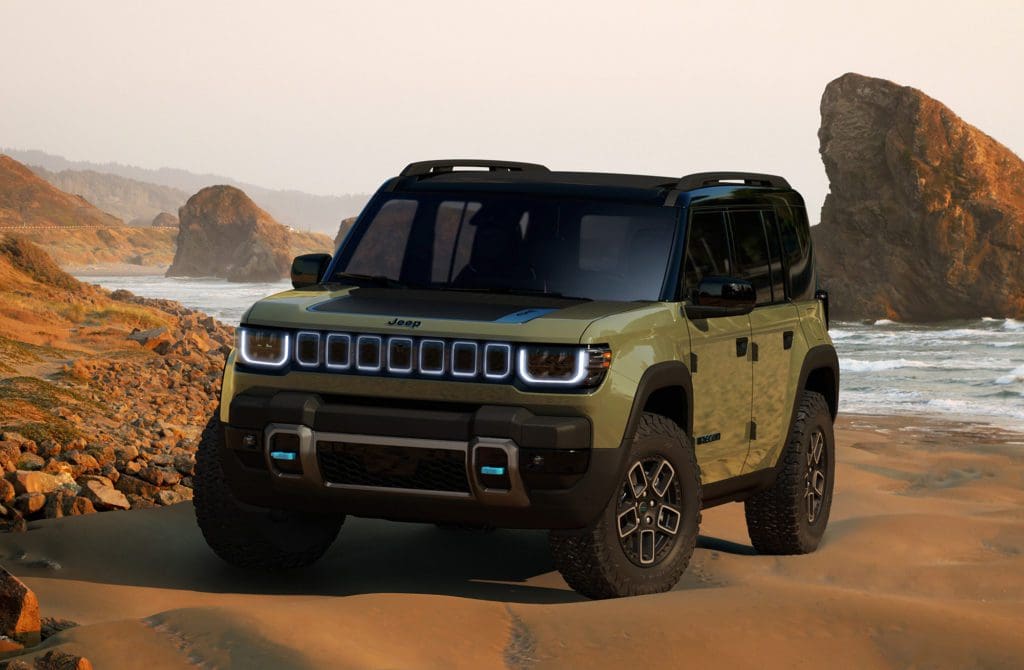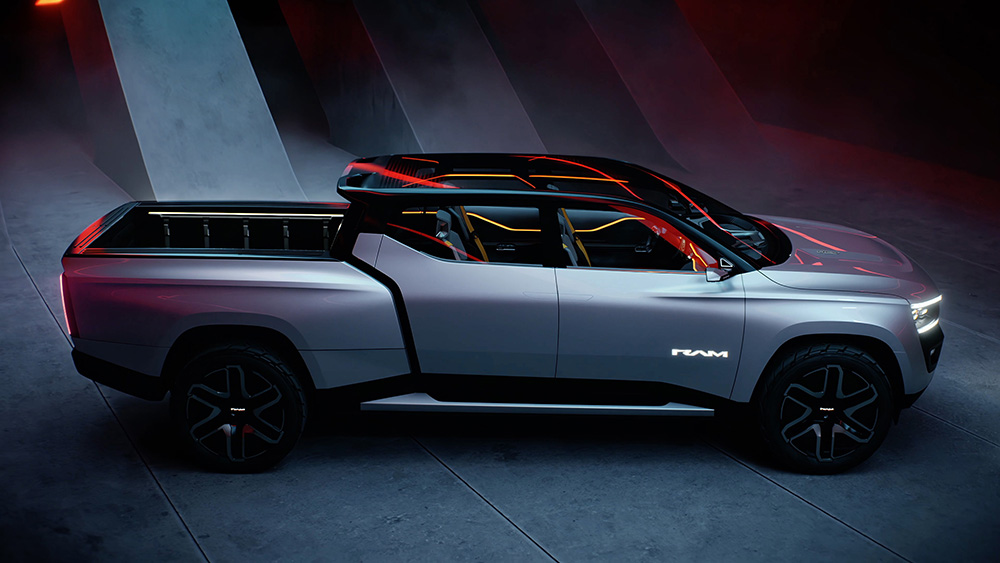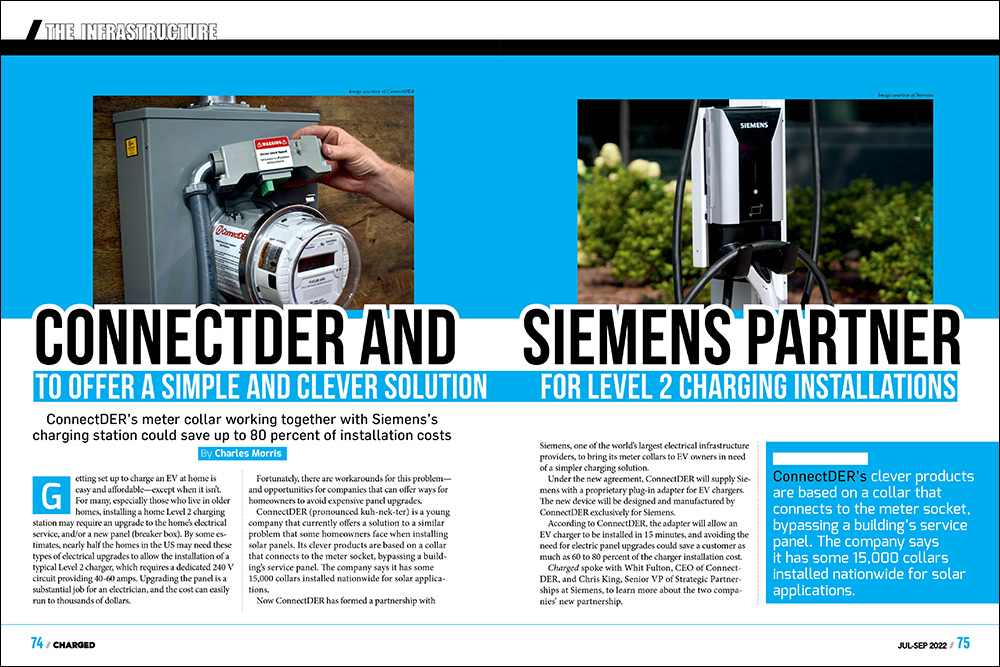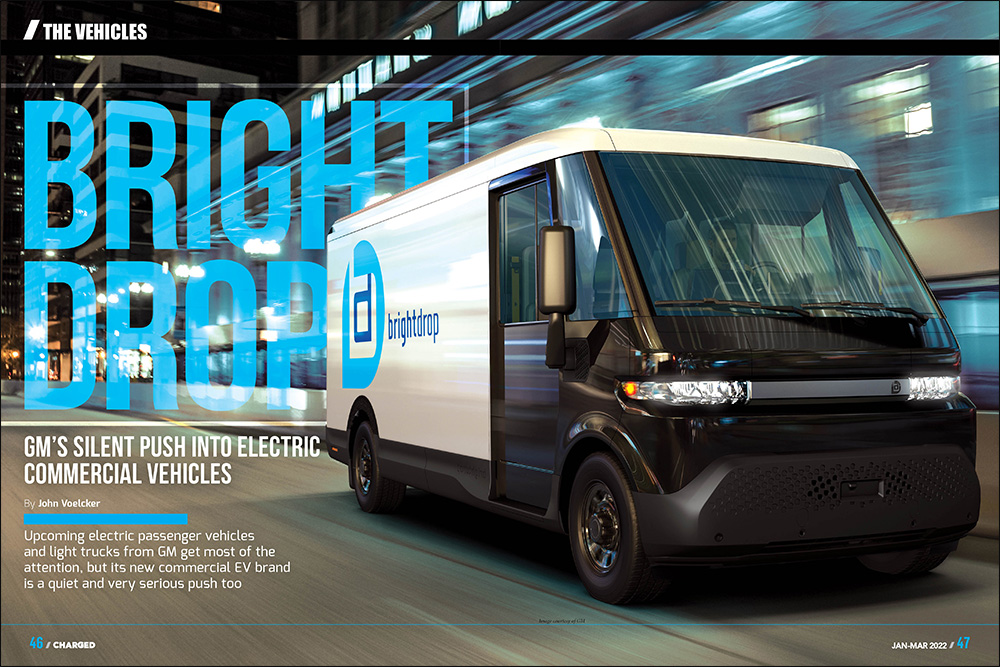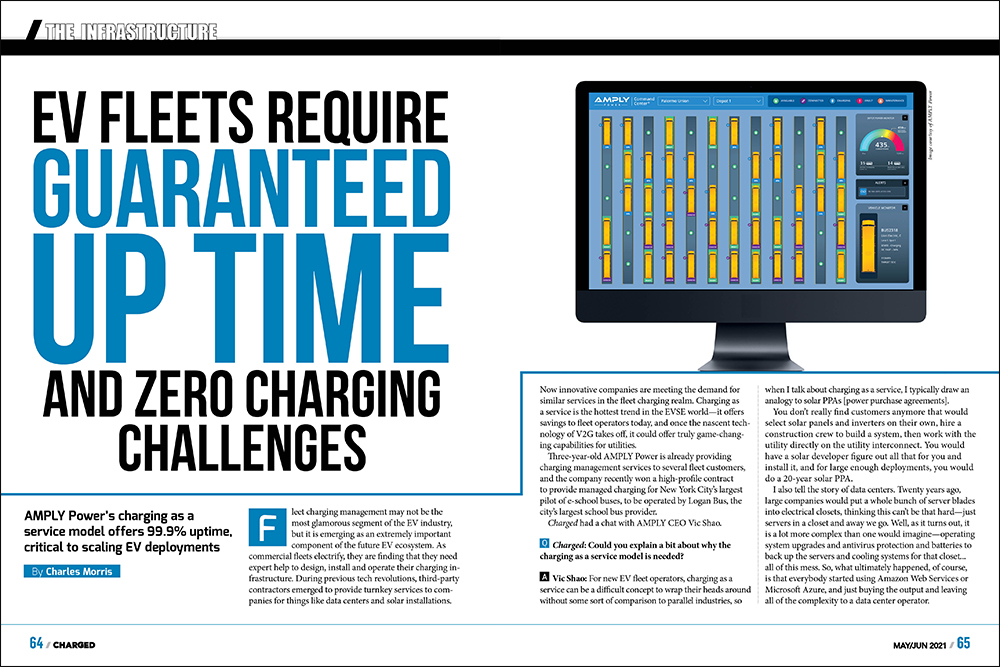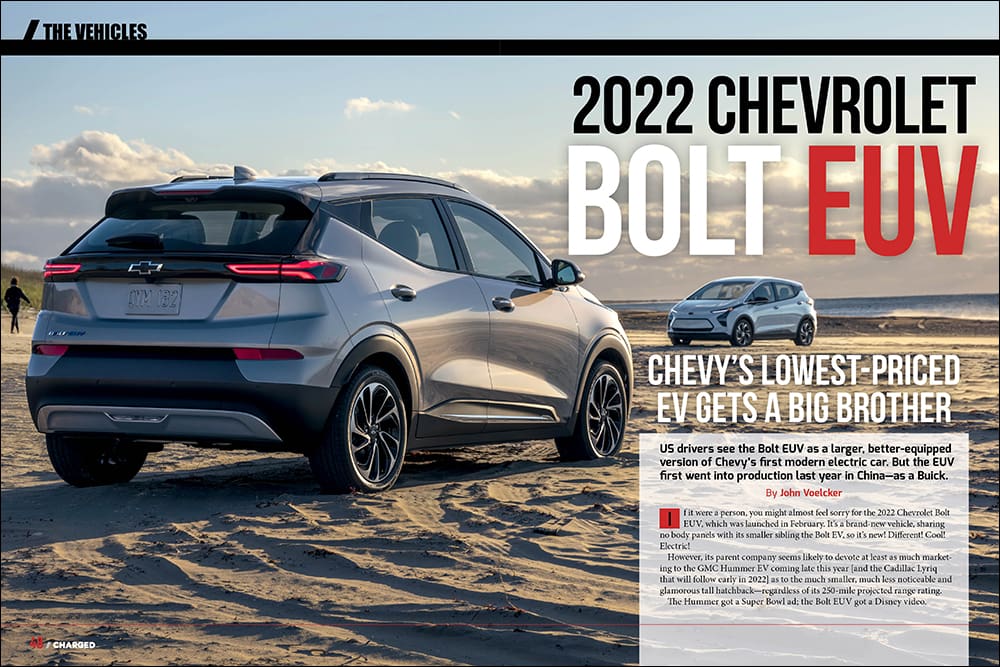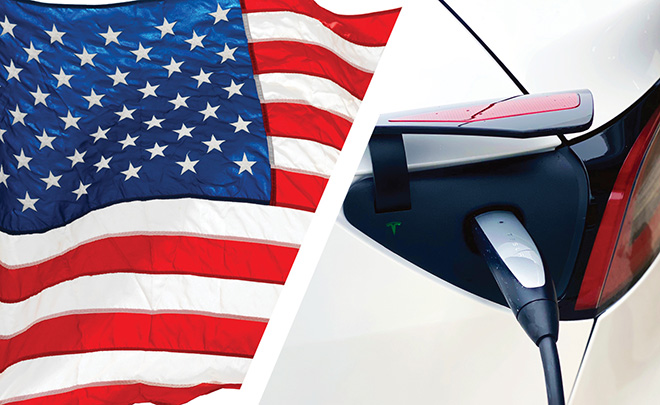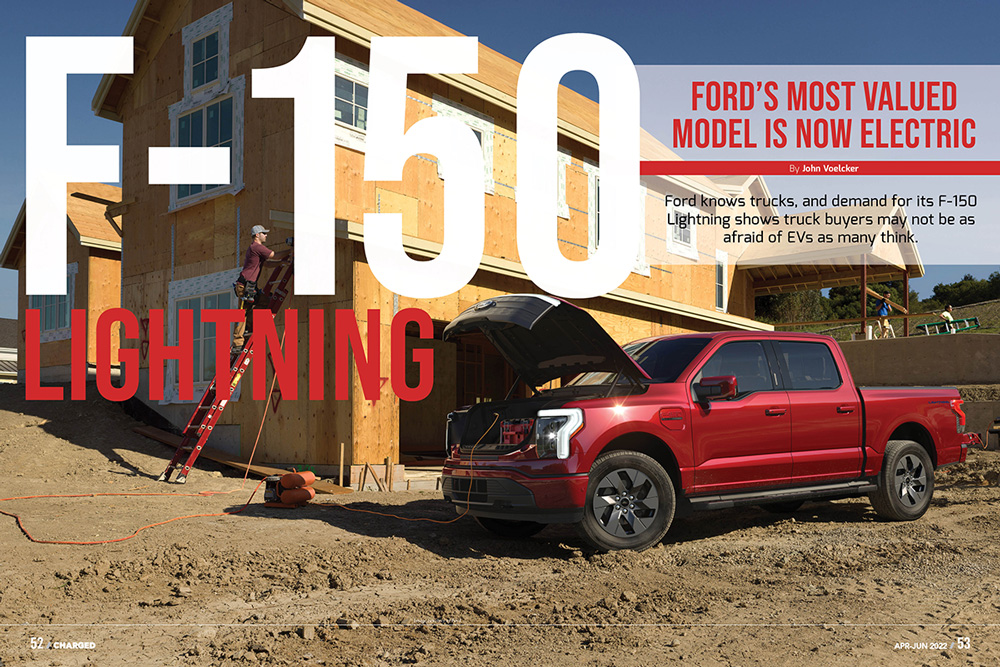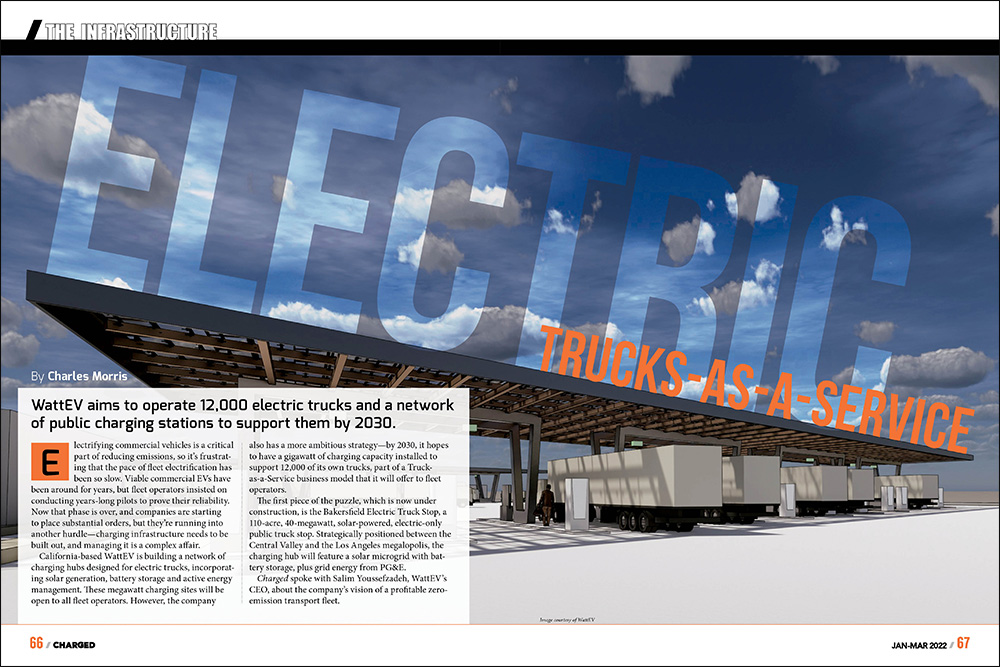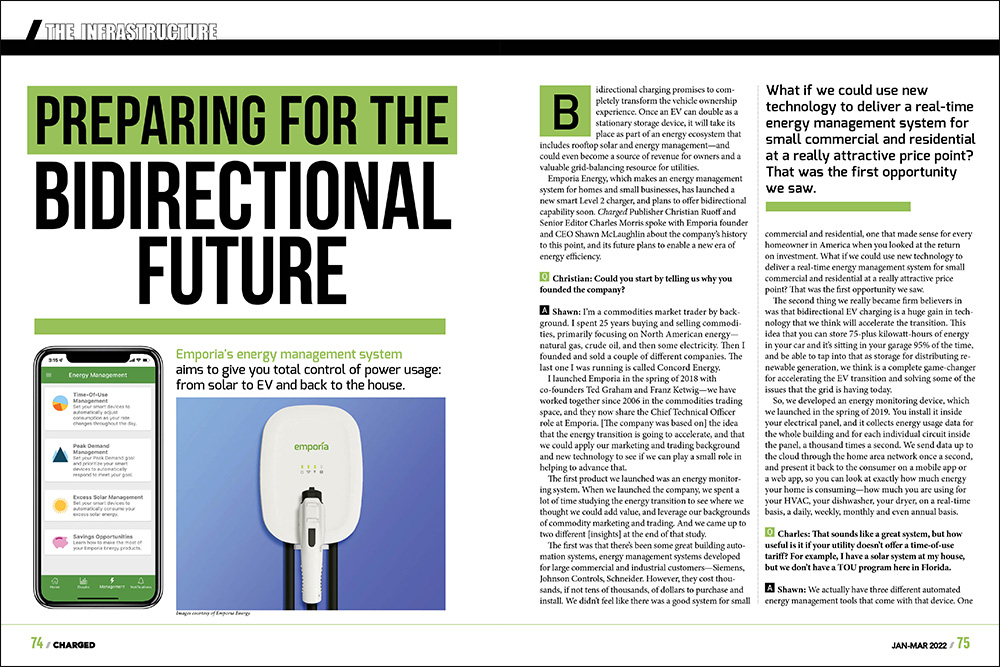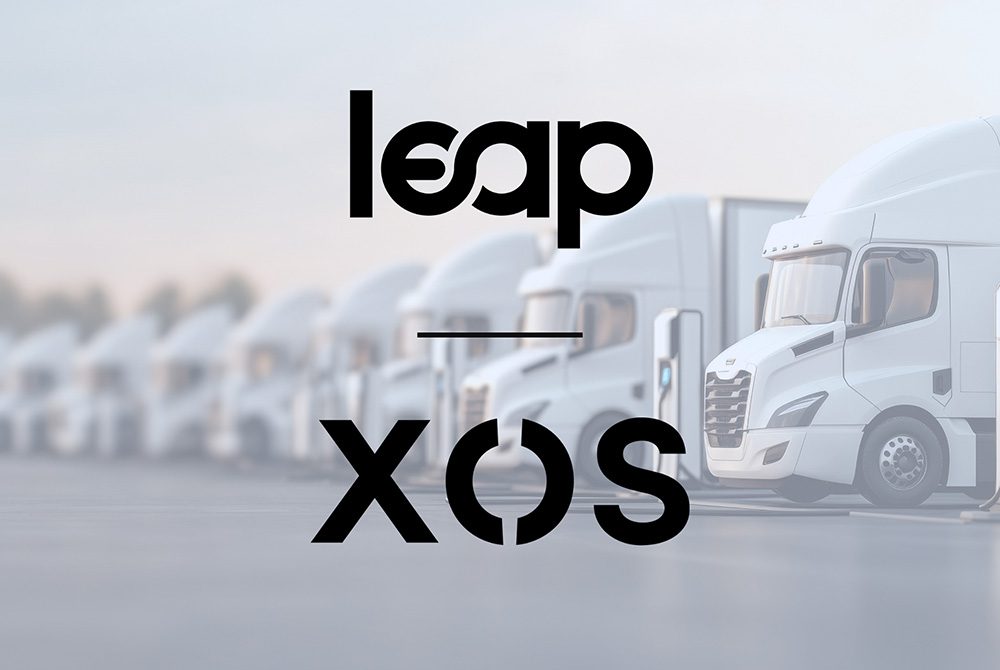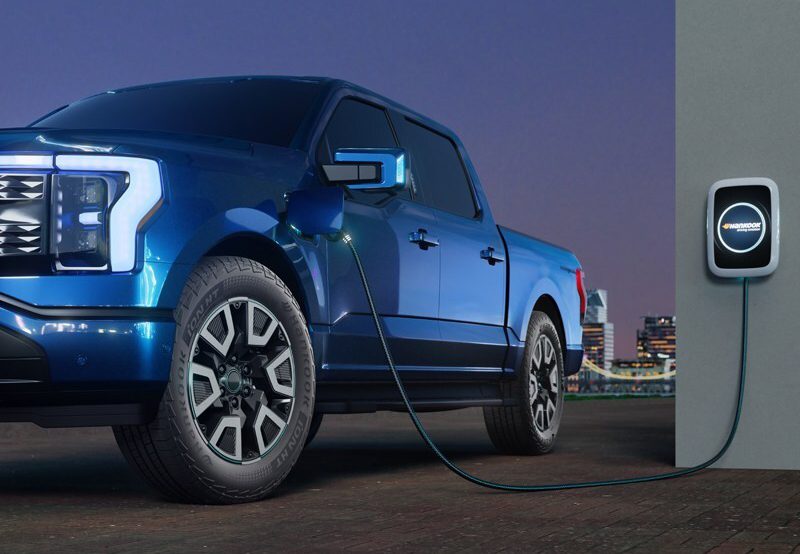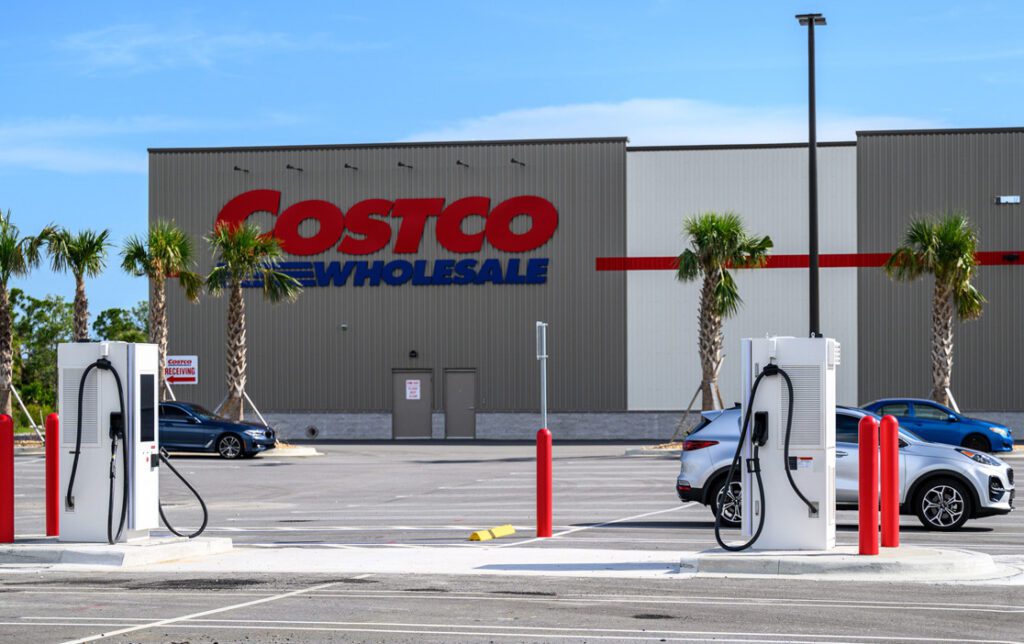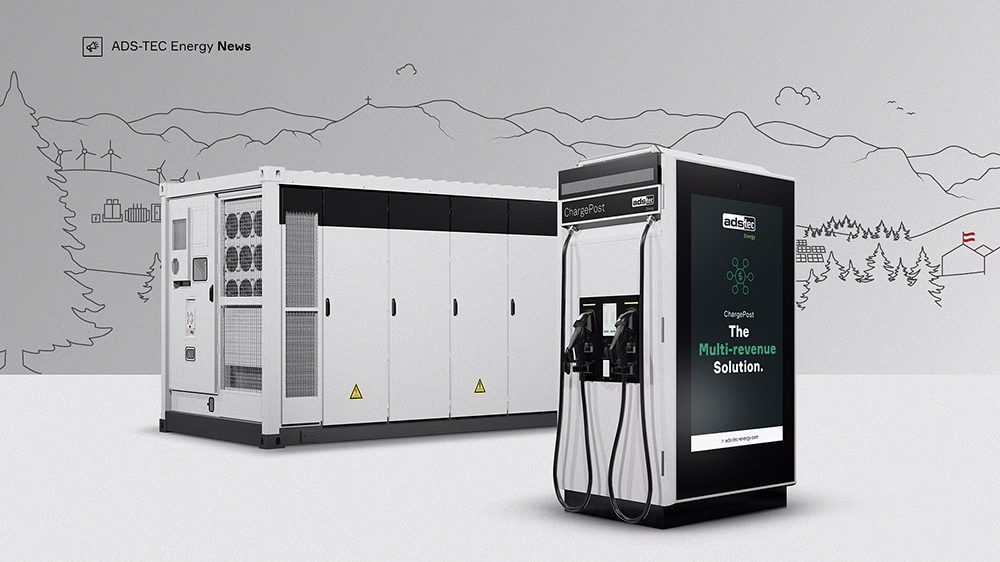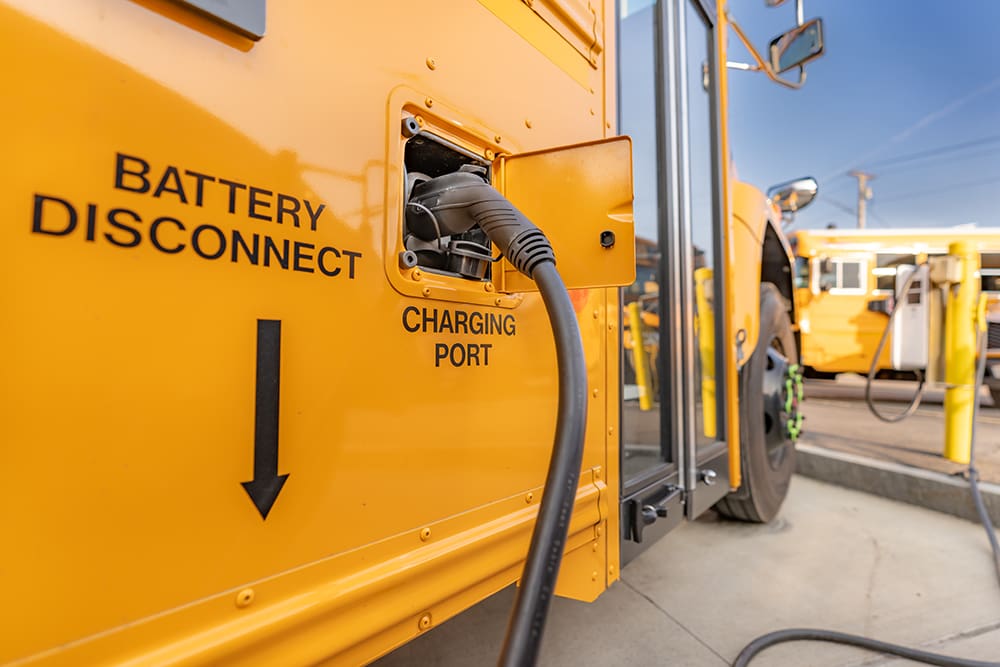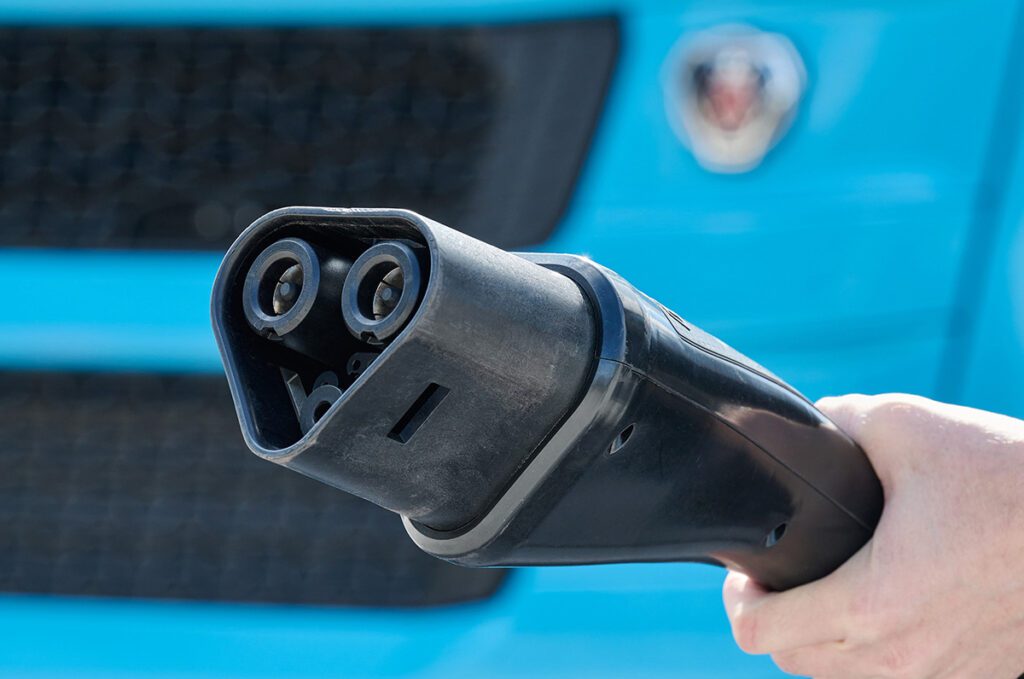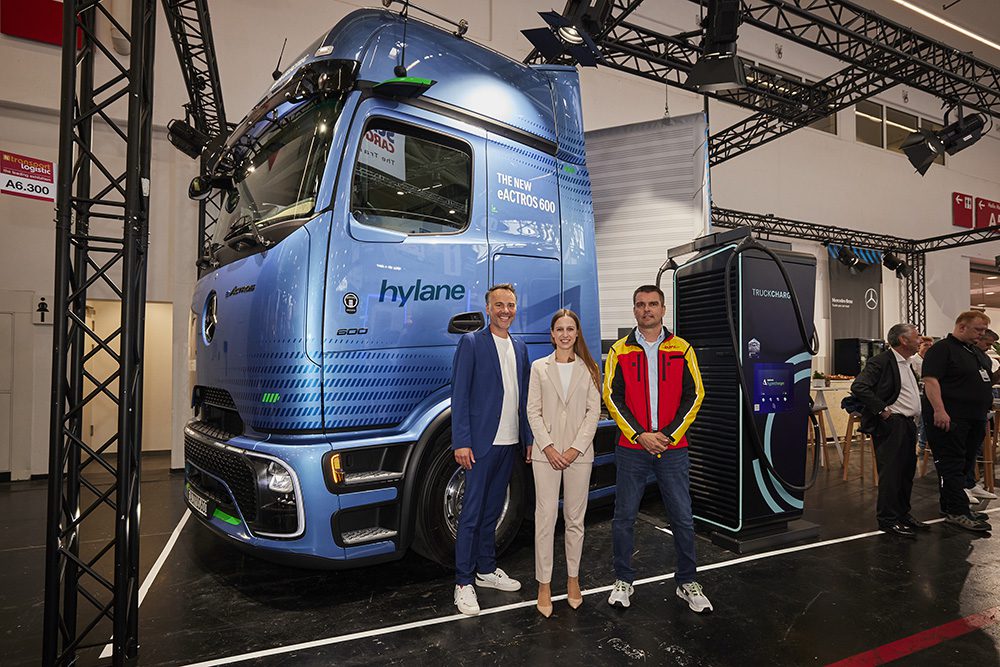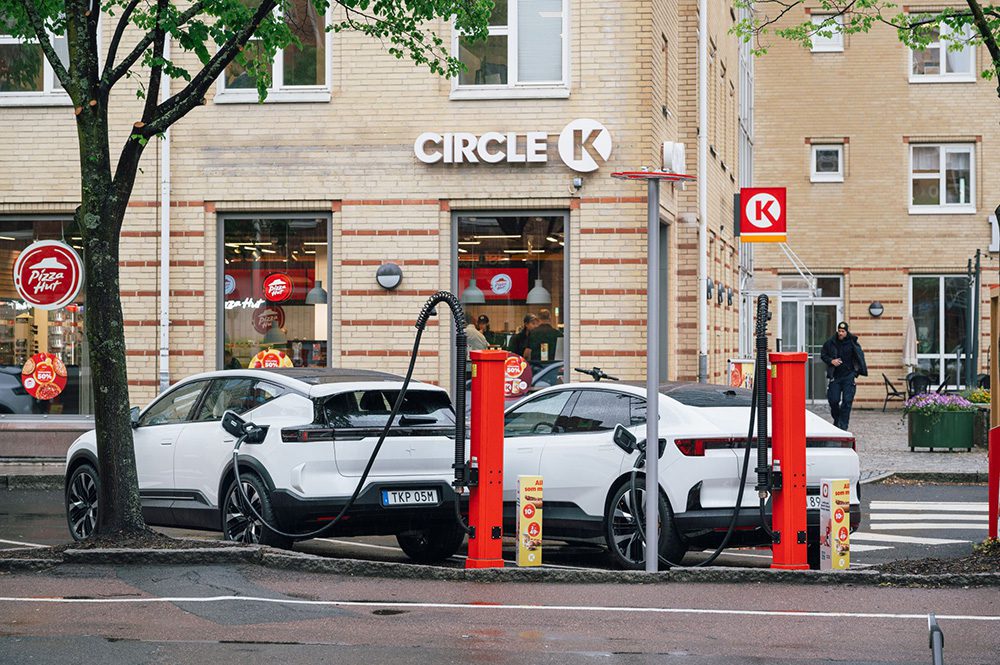The National Electric Vehicle Infrastructure Program (NEVI), part of the Inflation Reduction Act, has made $5 billion in federal funding available to build public EV charging stations. The program is administered at the state level, and the ultimate goal is to deploy 500,000 chargers along 75,000 miles of major US highways.
The NEVI program will update its application process annually, based on lessons learned. Well, we’ve made it through the first year, and EnTech Solutions has compiled an assessment of what’s been accomplished so far.
All 50 states, plus Puerto Rico and DC, submitted their plans by the August 2022 deadline, but since then, some have made a lot more progress than others. Ohio celebrated the opening of the first NEVI-funded station in December, and New York followed soon after.
EnTech’s Allison Capper writes that, prior to the inception of the NEVI program, only a handful of states had offered state-level grant funding for charging infrastructure projects, and this inexperience probably explains why only about half of the states had opened their application processes by the end of 2023.
Several states have had to push back their timelines. Kansas was anticipating an opening date of early June, but didn’t manage to release an RFP until late August. Wisconsin’s project is on indefinite hold due to regulatory issues. Meanwhile, Ohio has already released its second RFP.
Officially-designated Alternative Fuel Corridors, which cover 190,000 of the 222,000 miles of the National Highway System in all 50 states (plus PR and DC) are meant to serve as the backbone for the national EV charging network. Many states expect to fully build out their AFCs and still have funding left over, which could be used to beef up charging capacity at AFC sites, or to deploy chargers in non-AFC locales in rural and suburban areas.
Though the NEVI program is geared toward charging light-duty EVs, many states are anticipating the need for medium- and heavy-duty vehicle charging by planning for higher power levels and adding amenities such as pull-through charging bays.
Of the site hosts that have won funding so far, gas stations and truck stops represent 66% of successful bids. The most successful companies so far are Tesla and Pilot Travel Centers, which together account for about a third of the winning bids.
Source: EnTech Solutions






